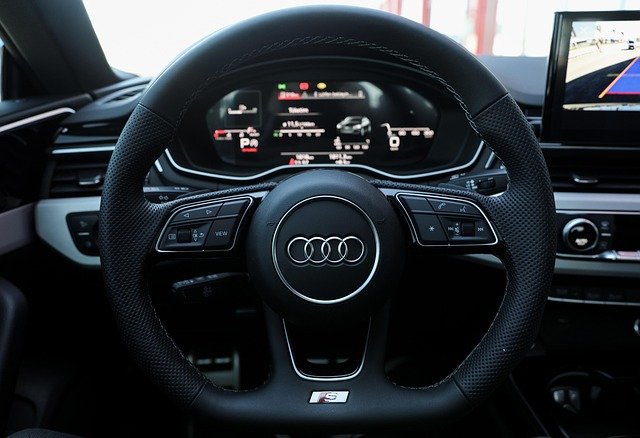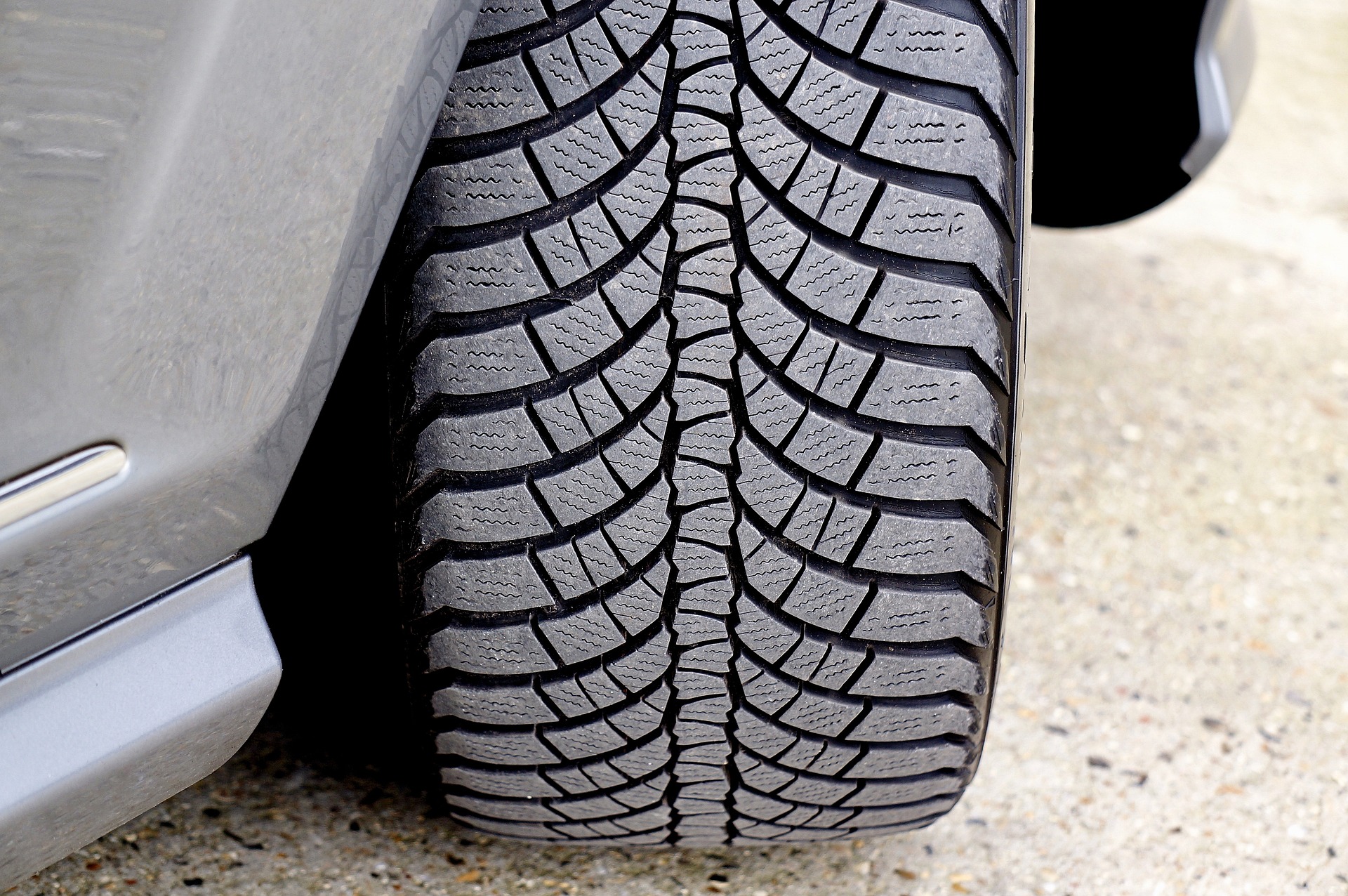Luxury Vehicles: A Deep Dive into Prestige, Performance, and Innovation
Luxury vehicles represent the pinnacle of automotive engineering, design, and comfort. Unlike standard cars, these vehicles are built with premium materials, cutting-edge technology, and advanced safety features. Luxury brands such as Mercedes-Benz, BMW, Audi, Lexus, and Tesla offer more than just transportation—they provide a status symbol and a unique driving experience. From hand-stitched leather interiors to whisper-quiet cabins and high-performance engines, luxury vehicles cater to drivers who value refinement, innovation, and attention to detail.

What Defines a Luxury Vehicle?
The definition of luxury in automotive terms goes well beyond a high price tag. Traditionally, luxury vehicles are distinguished by superior build quality, exceptional materials, and meticulous craftsmanship. Hand-stitched leather upholstery, real wood veneers, and polished metal accents are hallmarks of the luxury segment. However, the concept has evolved to encompass engineering excellence, driving dynamics, and technological innovation.
Brand heritage plays a significant role, with marques like Rolls-Royce, Bentley, Mercedes-Benz, and BMW carrying decades or even centuries of prestige. The ownership experience also defines luxury, with personalized customer service, bespoke customization options, and white-glove maintenance programs complementing the vehicle itself. Additionally, exclusivity remains a core component – limited production runs and personalization options ensure that true luxury vehicles maintain their distinction and status.
Popular Categories in the Luxury Segment
The luxury automobile market has diversified significantly to meet varied consumer preferences and lifestyle needs. Traditional luxury sedans like the Mercedes-Benz S-Class and BMW 7 Series continue to represent the cornerstone of the segment, offering spacious interiors, smooth rides, and powerful engines designed for both driver and passenger comfort.
Luxury SUVs have experienced extraordinary growth, becoming the fastest-expanding category in the high-end market. Vehicles like the Range Rover, Bentley Bentayga, and Rolls-Royce Cullinan combine commanding road presence with off-road capability and interior space without compromising on luxury appointments. For enthusiasts seeking performance with prestige, luxury sports cars and grand tourers from manufacturers like Porsche, Aston Martin, and Ferrari deliver exhilarating driving experiences wrapped in sophisticated designs.
The ultra-luxury segment, represented by brands such as Rolls-Royce and Bentley, occupies the market’s apex, where vehicles often start well into six figures and can be customized almost without limit. Recently, electric luxury vehicles have emerged as an important category, with Tesla pioneering the space and traditional luxury manufacturers like Porsche, Audi, and Mercedes-Benz introducing sophisticated electric models that maintain luxury expectations while embracing sustainability.
The Role of Technology in Luxury Vehicles
Technology has become a defining characteristic of contemporary luxury automobiles. Advanced driver assistance systems (ADAS) in modern luxury cars include features like adaptive cruise control, lane-keeping assistance, and semi-autonomous driving capabilities that enhance both safety and comfort. These systems increasingly incorporate artificial intelligence to learn driver preferences and behaviors.
The in-cabin experience has been transformed by connectivity and infotainment innovation. Digital displays have largely replaced analog gauges, with some vehicles featuring multiple high-resolution screens controlling everything from navigation to climate settings. Gesture control, voice recognition, and haptic feedback create intuitive interfaces that minimize driver distraction while maximizing functionality.
Comfort technology sets luxury vehicles apart through innovations like multi-contour seats with heating, cooling, and massage functions; advanced climate control systems with air purification and fragrance dispensers; and noise-cancellation technology that creates whisper-quiet cabins even at highway speeds. Meanwhile, audiophile-quality sound systems from specialists like Burmester, Bang & Olufsen, and Bowers & Wilkins deliver concert-hall experiences on wheels.
Sustainability and the Future of Luxury Cars
The luxury automotive industry is undergoing a significant transformation as environmental concerns reshape consumer preferences and regulatory landscapes. Electrification represents the most visible aspect of this shift, with luxury brands introducing fully electric and plug-in hybrid models that maintain performance expectations while reducing environmental impact. Brands like Porsche with the Taycan and Mercedes with the EQS demonstrate that electric powertrains can deliver the refinement and performance luxury buyers demand.
Sustainable materials innovation is equally important in modern luxury vehicles. Manufacturers are incorporating recycled fabrics, responsibly sourced woods, and alternatives to traditional leather. For instance, Bentley has committed to using only sustainable materials in their interiors by 2030, while Range Rover offers premium textiles made from recycled ocean plastics as alternatives to leather upholstery.
Carbon-neutral manufacturing represents another frontier, with companies like BMW and Volvo committing to reducing emissions throughout their supply chains and manufacturing processes. These sustainability initiatives align with the values of affluent consumers who increasingly seek products that reflect their environmental consciousness without compromising on luxury.
The Growing Importance of Safety in Luxury Vehicles
Safety has evolved from a basic requirement to a luxury differentiator as high-end manufacturers pioneer advanced protection systems. Preventive safety technologies in luxury vehicles include predictive braking systems that can detect potential collisions with vehicles, pedestrians, or obstacles; night vision cameras that identify hazards beyond headlight range; and intersection assistants that can prevent dangerous turning movements when oncoming traffic is detected.
Structural safety innovations include multi-material architectures that combine aluminum, high-strength steel, and carbon fiber to create rigid passenger cells surrounded by engineered crumple zones. These sophisticated structures protect occupants while minimizing vehicle weight to improve performance and efficiency. Interior safety systems have grown equally sophisticated, with multiple airbags, including knee, side curtain, and center airbags that deploy between passengers.
Post-collision technologies are increasingly common in luxury vehicles as well. Automatic emergency calls can alert first responders when accidents occur, providing vehicle location and potential injury information. Some vehicles can automatically create space for emergency responders by opening windows slightly and unlocking doors after a collision, demonstrating how luxury manufacturers consider comprehensive safety scenarios beyond the impact itself.
In the luxury vehicle market, safety has become an arena for innovation that enhances both protection and prestige, with flagship models often receiving safety features years before they appear in mainstream vehicles.




